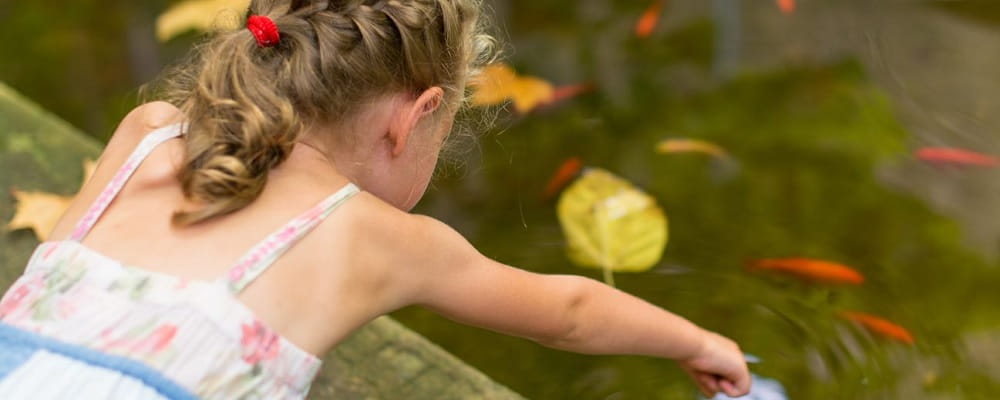
It is well known that swimming pools and spas have strict safety barrier requirements, but why doesn’t this apply to all bodies of water?
Essentially, a swimming pool or spa is an area where we invite and encourage children to swim and play. This extends to inflatable or portable pools too. If a wading or portable pool contains water that is more than 300mm deep, it will require a compliant safety barrier.
Of course, there are other bodies of water that may be found around the family home such as fishponds and water features. However, as these are not used for swimming, wading, paddling or the like they are not required under regulation to have a safety barrier installed.
Likewise, your local lake is not intended to be used for leisure activities. Lakes and rivers are intended for wildlife and are not somewhere we take our children to learn to swim.
However, keep in mind that household water features or fishponds can still pose a drowning risk for young children and it is recommended that homeowners consider taking measures to reduce the risk by installing safety barriers or other devices to prevent access.
Drowning remains one of the leading causes of preventable death in kids under five. Backyard pools are the most obvious location where children can drown, but there are many other water sources around the home to look out for.
Learn more about general water safety at home at the link below.
